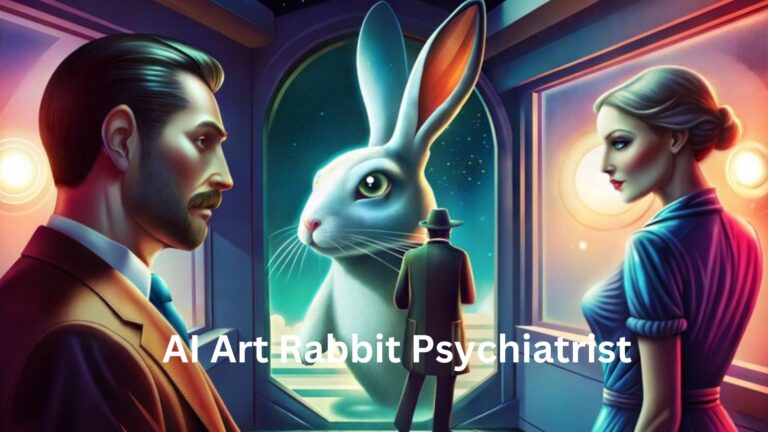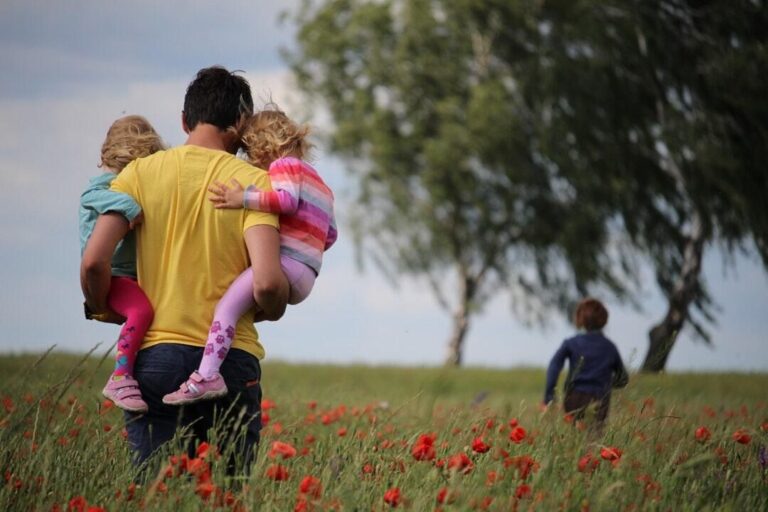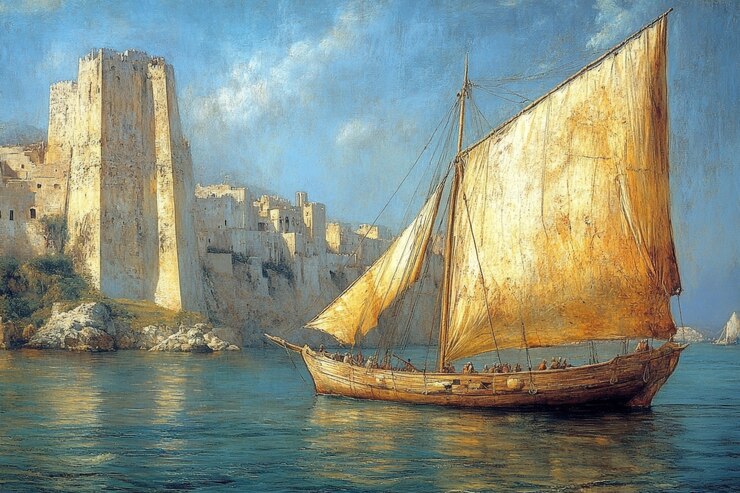Unlocking the Essence of What is Liberal Arts Education
Introduction: Understanding the Core of Liberal Arts Education
Defining Liberal Arts Education: Liberal arts education encompasses a broad-based approach to learning, emphasizing the development of critical thinking, analytical reasoning, effective communication, and a well-rounded understanding of various disciplines.
Historical Context: Originating in ancient Greece, the concept of liberal arts education has evolved over centuries, adapting to changing societal needs and educational philosophies.
Modern Interpretations: In the contemporary context, liberal arts educatio’n integrates traditional disciplines with interdisciplinary studies, preparing students for diverse career paths and lifelong learning.
The Multifaceted Nature of Liberal Arts
Emphasis on Broad Learning: Liberal arts educatio’n encourages students to explore a wide range of subjects, fostering intellectual curiosity and a holistic understanding of the world.
Diverse Disciplinary Approach: Rather than focusing solely on specialized fields, liberal arts education integrates knowledge from humanities, sciences, social sciences, and arts, fostering interdisciplinary connections.
Critical Thinking and Problem Solving: Central to liberal arts education is the cultivation of critical thinking skills, enabling students to analyze complex issues, evaluate evidence, and develop innovative solutions.
Exploring the Curriculum
Core Components: The curriculum of liberal arts educatio’n typically includes foundational courses in literature, history, mathematics, natural sciences, social sciences, and the arts.
Interdisciplinary Studies: Students have the opportunity to explore interdisciplinary topics, bridging multiple disciplines to gain a deeper understanding of complex issues.
Emphasis on Humanities, Sciences, and Social Sciences: Liberal arts education emphasizes the importance of humanities, sciences, and social sciences in fostering well-rounded individuals capable of addressing multifaceted challenges.
Fostering Intellectual Agility
Adaptability and Versatility: Liberal arts educatio’n equips students with adaptable skills, preparing them for diverse career paths and evolving industries in an ever-changing world.
Encouraging Exploration and Experimentation: Students are encouraged to explore diverse interests and pursue intellectual passions, fostering creativity, innovation, and a lifelong love of learning.
Nurturing Creativity and Innovation: By fostering a culture of curiosity and experimentation, liberal arts educatio’n cultivates the creative thinking skills essential for innovation and problem-solving in various fields.
Cultivating Effective Communication
Verbal and Written Proficiency: Liberal arts educatio’n emphasizes the development of effective communication skills, including verbal articulation, writing proficiency, and presentation abilities.
Presentation Skills: Students learn to communicate complex ideas persuasively through various mediums, including oral presentations, written reports, and multimedia projects.
Articulating Complex Ideas: Liberal arts educatio’ntion enables students to articulate complex concepts clearly and concisely, fostering the ability to communicate with diverse audiences in different contexts.
Developing Analytical Skills
Data Interpretation: Liberal arts educatio’n equips students with analytical skills necessary for interpreting and analyzing data, enabling evidence-based decision-making in a variety of fields.
Research Methods: Students learn research methodologies and techniques, preparing them to conduct rigorous investigations and contribute to the advancement of knowledge in their chosen disciplines.
Logical Reasoning: Liberal arts educatio’n fosters logical reasoning skills, enabling students to evaluate arguments, detect fallacies, and construct sound conclusions based on evidence.
Promoting Cultural Understanding
Exposure to Diversity: Liberal arts education exposes students to diverse perspectives, cultures, and worldviews, fostering empathy, tolerance, and appreciation for global diversity.
Appreciation of Global Perspectives: Students gain an understanding of global interconnectedness and the complexities of contemporary global issues, preparing them to be informed global citizens.
Building Empathy and Tolerance: By promoting cross-cultural understanding and empathy, liberal arts educatio’n contributes to building a more inclusive and tolerant society.
Preparing for Career Success
Transferable Skills: Liberal arts educatio’nn provides students with a versatile skill set that is transferable across various industries and professions, enhancing employability and career flexibility.
Adaptability to Changing Job Markets: In a rapidly evolving job market, liberal arts educatio’n prepares students to adapt to changing economic trends, technological advancements, and professional demands.
Leadership and Teamwork: Students develop leadership and teamwork skills through collaborative projects, extracurricular activities, and experiential learning opportunities, preparing them to excel in leadership roles.
The Value Beyond the Classroom
Lifelong Learning: Liberal arts education instills a passion for lifelong learning, empowering students to continue their intellectual growth beyond formal educatio’n and throughout their lives.
Personal Growth: Beyond academic achievement, liberal arts educatio’n fosters personal growth, self-discovery, and the development of values, ethics, and character.
Social Responsibility: Liberal arts educatio’n emphasizes the importance of civic engagement, social responsibility, and ethical leadership, inspiring graduates to make positive contributions to society.
Addressing Misconceptions
Myths vs. Realities: Liberal arts educatio’n challenges common misconceptions, such as the belief that it lacks practicality or leads to limited career opportunities, by highlighting its relevance and versatility in today’s world.
Practical Applications: Contrary to popular misconceptions, liberal arts educatio’n equips students with practical skills and competencies essential for success in a wide range of professions and industries.
Career Opportunities: Graduates of liberal arts educatio’n pursue diverse career paths in fields such as business, technology, healthcare, education, government, and nonprofit organizations, leveraging their versatile skill set and critical thinking abilities.
The Future of Liberal Arts Education
Evolution in Response to Technological Advancements: In an increasingly digital and interconnected world, liberal arts education adapts to incorporate emerging technologies and prepares students for the challenges and opportunities of the digital age.
Meeting the Needs of a Dynamic World: Liberal arts education evolves to address pressing global issues, such as climate change, social inequality, and technological disruption, by fostering interdisciplinary collaboration and innovative solutions.
Ensuring Relevance and Sustainability: To remain relevant and sustainable, liberal arts education institutions embrace innovation, inclusivity, and accessibility, while upholding the timeless values of liberal education.
Challenges and Opportunities
Funding and Resources: Liberal arts education faces challenges related to funding, resources, and public perception, requiring innovative approaches to ensure accessibility and affordability.
Integration with Professional Fields: To enhance its relevance and impact, liberal arts education integrates with professional fields, fostering partnerships with industry leaders and incorporating practical experiences into the curriculum.
Advocacy and Recognition: Advocacy efforts are essential to raise awareness about the value of liberal arts education and garner support from stakeholders, policymakers, and the broader community.
The Global Perspective
Varied Approaches in Different Countries: Liberal arts education varies in its implementation and emphasis across different countries and educational systems, reflecting cultural, historical, and institutional differences.
Cross-Cultural Comparisons: Comparative studies of liberal arts education systems offer insights into the strengths, challenges, and best practices of different models, facilitating cross-cultural learning and collaboration.
International Collaborations: Collaborative initiatives and exchange programs promote international cooperation and cultural exchange, enriching the educational experience and fostering global citizenship.
Impact on Society
Contribution to Civic Engagement: Liberal arts education empowers graduates to engage in informed civic participation, contribute to public discourse, and advocate for positive social change.
Role in Addressing Societal Issues: By fostering critical thinking, empathy, and ethical leadership, liberal arts educatio’n equips graduates to address pressing societal challenges, such as poverty, injustice, and environmental sustainability.
Influence on Policy and Governance: Liberal arts educatio’n contributes to shaping public policy and governance by producing leaders who possess a deep understanding of social, economic, and political issues and advocate for evidence-based decision-making.
Conclusion: Embracing the Essence of Liberal Arts Education
Summarizing the Key Points: Liberal arts educatio’n fosters intellectual curiosity, critical thinking, effective communication, and cultural understanding, preparing students for success in a rapidly changing world.
Emphasizing the Everlasting Relevance: Despite evolving societal and technological trends, the essence of liberal arts educatio’n remains timeless, rooted in the pursuit of knowledge, wisdom, and human flourishing.
Encouragement for Pursuing Liberal Arts Educatio’n: As we navigate the complexities of the 21st century, liberal arts educatio’n offers a pathway to personal fulfillment, professional success, and meaningful contributions to society.







